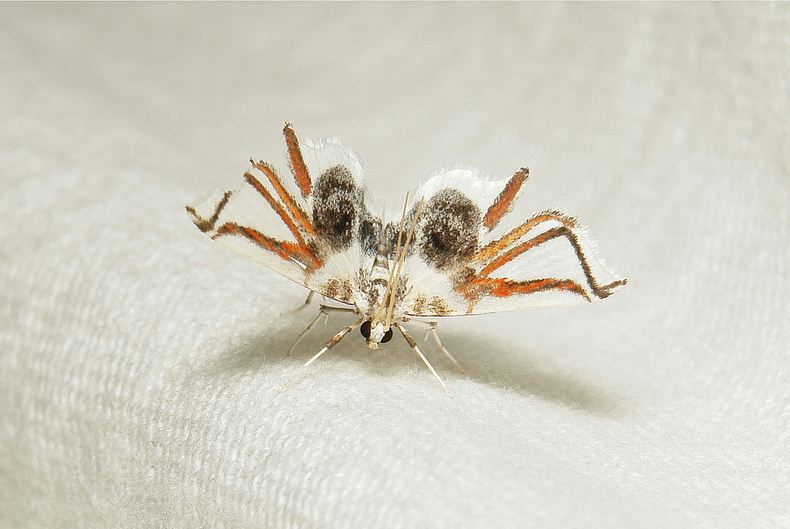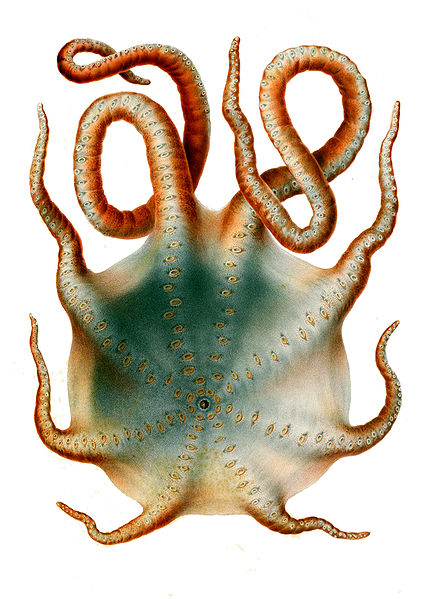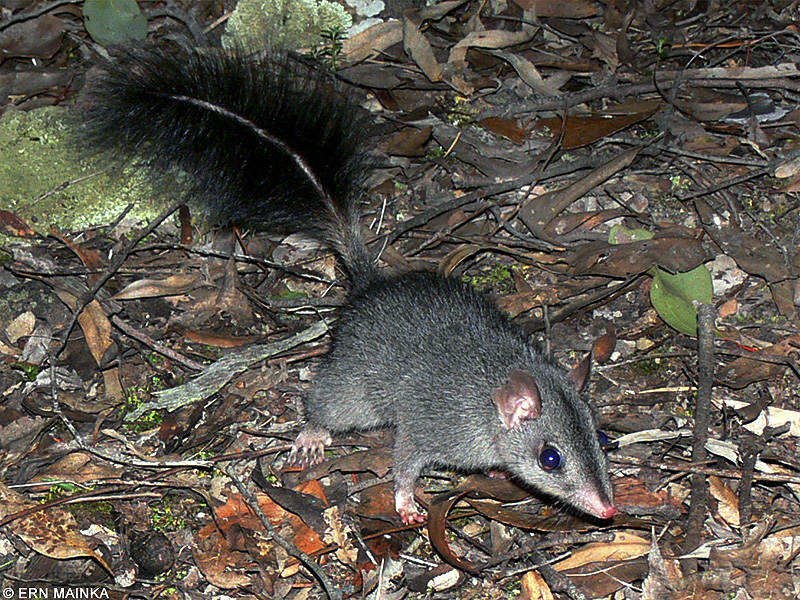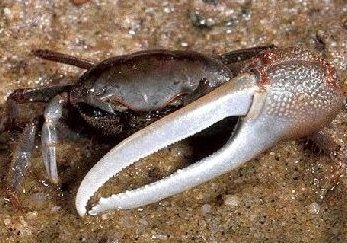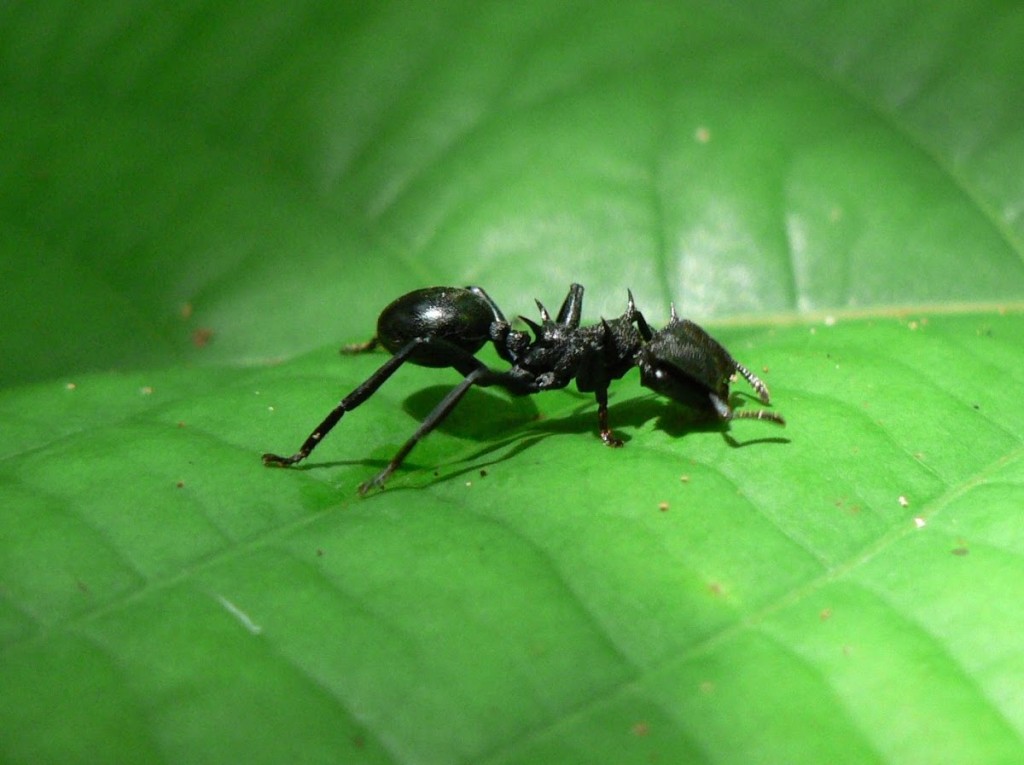
Cool Facts About The Gliding Ant
- The Gliding Ant’s unique gliding behaviour was discovered in Panama in 1998 when a wildlife researcher climbed on a tree and brushed an ant off his hand only to see the ant glide back to the tree trunk
- These amazing ants have a more flattened head to slow down its fall, while the hind legs and abdomen act as a parachute and steering wheel in order to make directions
- There is only one wingless insect on Earth that can glide/fly, which just happens to be today’s featured animal.
It’s a Jungle Out There
These magnificent creatures live in the tree canopy in the Neotropics of Argentina and Panama and they spend most of their lives running up and down on the tree trunk in search for food. And if they ever find themselves in a free falling situation, they manage to glide back in a “J-shaped” motion to the tree trunk. Instead of trying to further describe their unique gliding motion, why not check out the 19 second video clip below:
What is the reason for this behaviour?
Well, you see, ants live in large colonies where they work 24/7 and always stay together. They are also tiny and feeble. Hence, when they fall off of tree tops they can easily get lost and then parish. This is the reason why gliding ants glide. Because they don’t have the option to hit the forest floors and wobble around to search for their tree home. So, in a sense, gliding ants would make amazing paratroopers and poor scouts all at the same time.
Amazing Insect Adaptation
Although it might seem fairly easy, gliding has reached the status of art in the world of gliding ants. Even for such small and lightweight insects to
whom gravity is just a myth, the ability to glide into the air has taken thousands of years of evolution to perfect. Not only they have managed to transform their bodies to adjust to this need, but they have developed a specific way to do it. When an ant falls from the tree branches it drops straight down for a few meters and then it makes a split second adjustment, turning its small body with the abdomen pointing towards the tree trunk. This alignment helps the ant direct its way towards the tree trunk where it lands head pointing down and sticks back to the tree using all its power grip.
These unusual insects make the tropical forest canopies an even more interesting habitat for researchers who believe there are more stuff hidden in its sleeves. And we believe they are right!
Photo Source: http://www.projectnoah.org/spottings/6456023/fullscreen

